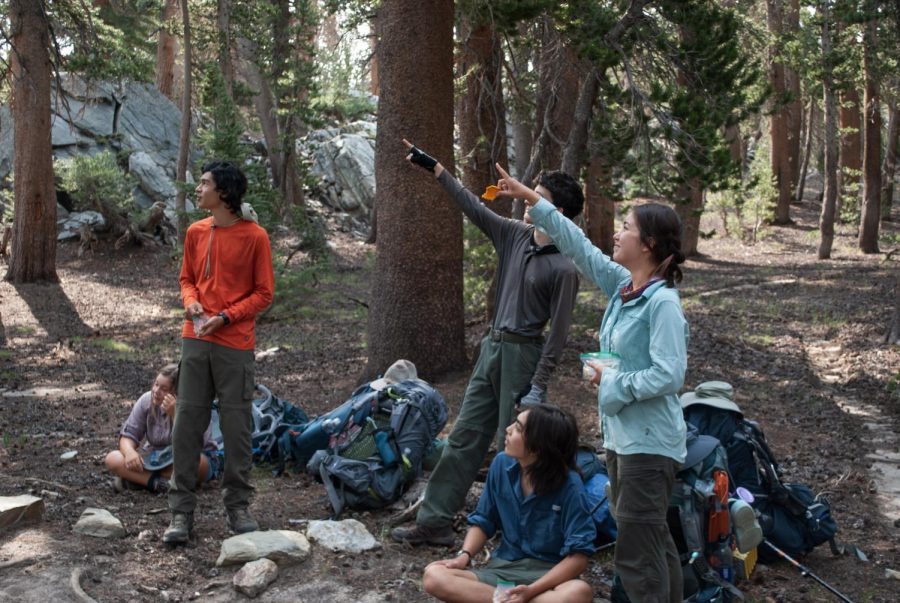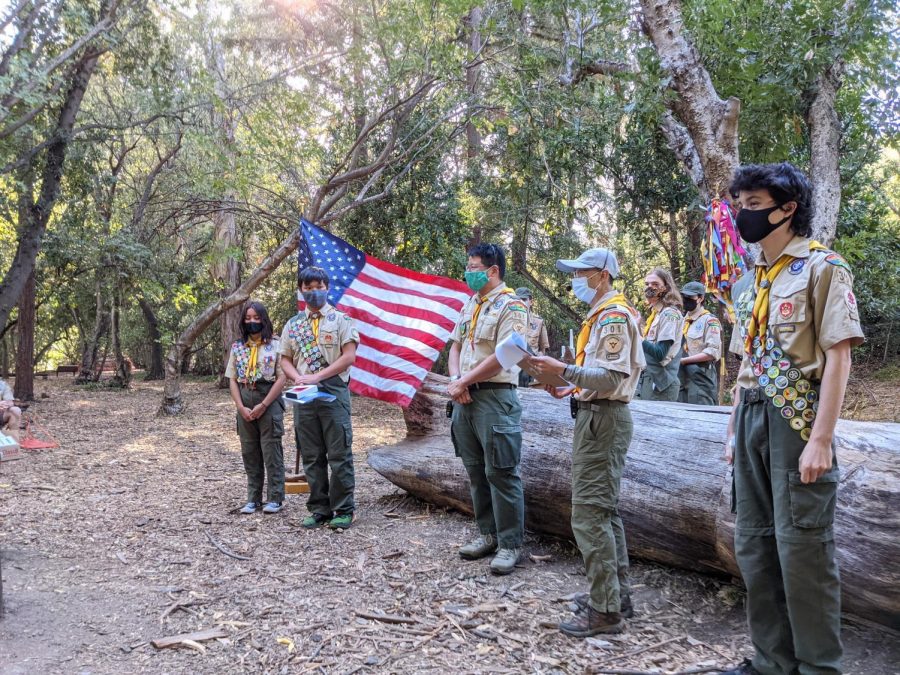For over 100 years, thousands of young women watched as their brothers, cousins, and classmates joined Boy Scouts. They heard about troop outings jam-packed with adventurous hikes and team bonding. For many, Boy Scouts even became a family tradition, training generations of confident young leaders.
Yet year after year, girls were left sitting on the sidelines.
But in 2019, this constant exclusion changed. According to Associated Press News, the Boy Scouts program abbreviated their name to Scouts BSA, effectively dropping gender requirements to join the organization. And, in just over two years, more than 140,000 girls stepped up to break traditional gender norms and take an unprecedented opportunity.
The decision was far from unprovoked; rather, it came after years of girls fighting for involvement. While girls could already participate in Venturing, a program connected to BSA, it didn’t offer them the same recognition or rank opportunities. Because of these limited options, some girls in Venturing believed that the gender ban in Scouts was an outdated practice and were eager to participate in BSA events.
“This change, like others in the last decade, is an initiative that folks have been working toward for decades. It was vitally important for the Scouting movement in the United States to catch up with most of the rest of the world that made this change back in the 1980s,” Bryan Klech, founding Scoutmaster for Troop 4301, said.
When Scouts BSA announced they would allow girls to participate, thousands across the nation took initiative to form a new generation of pioneers in the program. Not only did this mark a monumental step towards eradicating gender labels, but it also allowed girls entrance into a previously closed-off pathway.
“It feels like a step out of your comfort zone. You are stepping into a male-dominated environment, and the whole organization in America has been men-only for over a century until we were allowed in. But after that step, it is the most rewarding experience that you could ever have,” Eagle Scout Corinne Nicholson said.
As they entered into the program, female members became integrated with nearby male troops at different levels. In general, troops are separated by gender; while some are only linked by troop number, others are more connected through coed outings under collaborative Senior Patrol Leaders.
While each troop is unique, they all form meaningful communities within. Meetings, training, and outings all work to bond those involved in the program. Members can also take on leadership roles within each troop, and some even work towards the highest rank in BSA: Eagle Scout.
Regardless of gender, becoming an Eagle Scout is a challenging and complicated feat that requires active participation, 21 merit badges, carrying out a service project, passing multiple Boards of Review, and more. According to Columbia Broadcasting System (CBS) News, nearly 1,000 young women make up the Inaugural Class of Female Eagle Scouts.
For most incoming BSA members, rising to this rank is a six-year process that only eight percent of members achieve. But in Nicholson’s case, she joined in her freshman year and became an Eagle Scout in under two years.
“I feel a little robbed of my whole experience because normally you join when you are 11 or 12 and have until you’re 18 to do and experience everything. I could have chosen to leave after that, but I want to stay involved because I’ve made so many good memories and friends,” Nicholson said.
While Nicholson and many other young women joined at a later age than usual, their motivations to participate varied. Some had a long history of family involvement in BSA, while others joined as a more enticing alternative to Girl Scouts.
From survival skills to hiking and leadership, BSA focuses on unique areas which gained traction from girls seeking to engage with their communities. For many, the program offered opportunities more aligned with their interests, which they may not have found otherwise.
“I did Girl Scouts when I was little and was uninterested, but Scouts BSA is completely different. You learn how to survive on your own, help others, provide first aid, save lives, and so much more. It’s a great opportunity for girls especially to show that we are just as strong as men and can do just as many things,” Lydia Rak, a member of Troop 4301, said.
In many cases, distinctions between the two programs lead many young girls towards joining Scouts BSA. Their main activities include hiking, biking, and camping, many of which aren’t as frequently practiced in Girl Scouts.
“It is crucial that BSA is inclusive to all genders because it opens up more possibilities for future generations. By normalizing that all genders can be leaders and do ‘outdoors’ activities, future generations can feel more empowered in following any path they choose instead of feeling that they must conform to traditional gender norms,” Kaitlyn Kawn, a member of Troop 4111, said.
Despite BSA’s efforts to open up an exciting opportunity for students regardless of their gender, background, or sexual orientation, there is still room for progress in years to come.
“While we have opened all programs to girls, we still have work left to do better to include all genders. Scouts BSA troops today are organized as ‘boy troop’ and ‘girl troop,’ and anyone not comfortably aligned with one or the other has to choose and even if to participate, despite our best efforts as being inclusive,” Klech said.
Although more steps need to be taken, allowing girls to join the program has been just one of BSA’s advancements in the past decade. In 2013, Scouts officially lifted its ban on openly gay and transgender participants, opening the program to a broader range of people.
Ultimately, ensuring acceptance of LGBTQ+ and female participants marked an unprecedented move towards more inclusive, diverse spaces for people from all backgrounds. However, some scouts initially struggled to adjust to an environment with no female role models.
“When I first joined in 2019, I couldn’t look up to anyone as a female Eagle Scout. I was walking a path that no one else had walked before. Sure, there were other people on the journey with me, but we didn’t have anyone to admire because no one else had exactly experienced it,” Nicholson said.
Inevitably, the first female members of Scouts BSA soon became role models for others. In their first few years in the program, hundreds of girls nationwide found comfort in an unexpected scouting community.
No matter how their time in BSA began, girls now make up a crucial aspect of Scouts as the next generation of leaders.
“Parents would ask me how to get their daughters involved because they saw me as someone to look up to, which is honestly the most touching thing I’ve heard here. I’m proud of my rank, but I’m more proud of the community that the entire Female Inaugural Class has made. I’m proud of the precedent that we have created and how we have paved a path for other girls. Now, it’s up to those that follow us to keep walking it,” Nicholson said.























